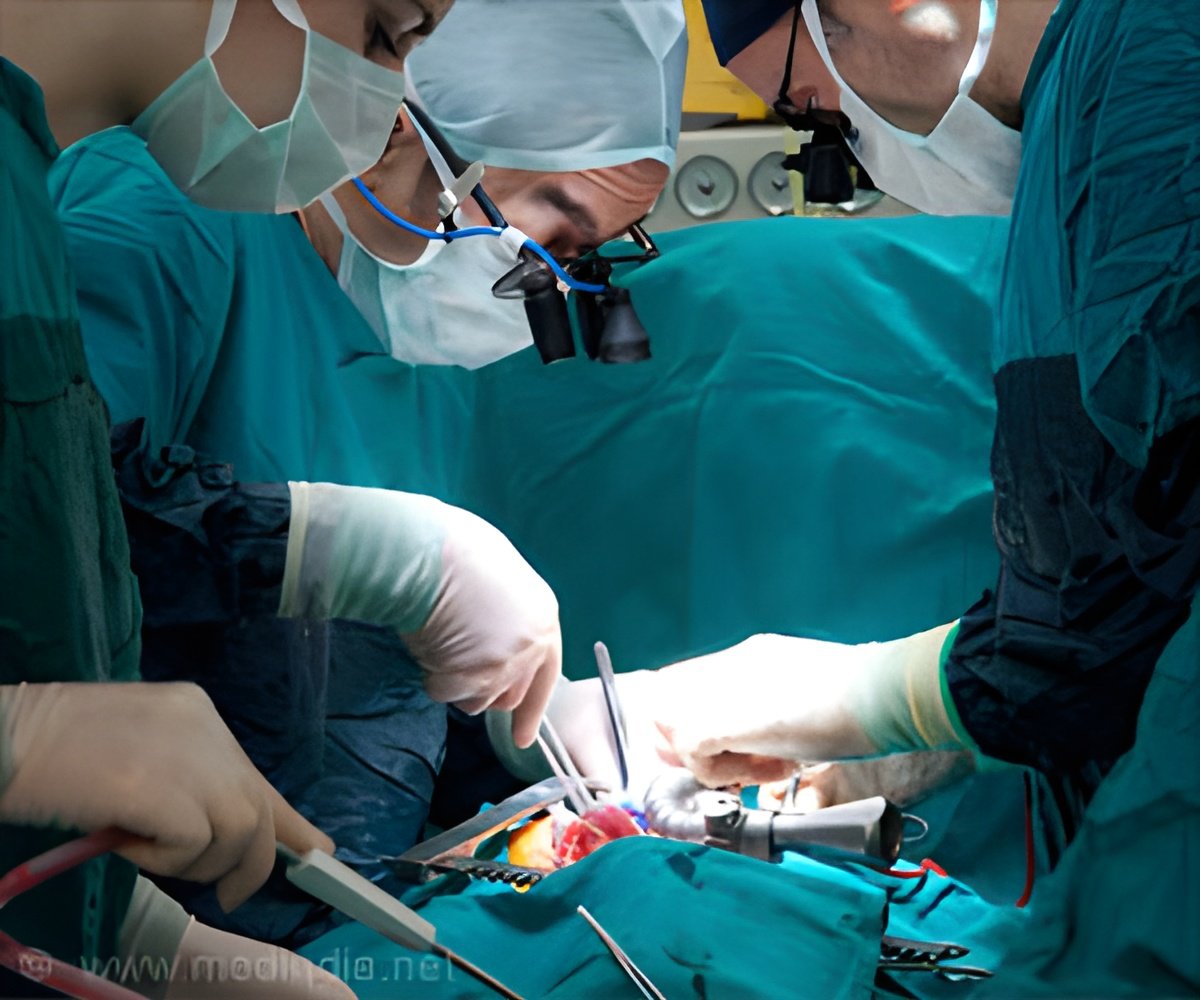
‘Transcatheter aortic valve implantation is done for patients with rheumatic heart disease caused by rheumatic fever, which results from a streptococcal infection.’
Tweet it Now
"Over the past decade heart valve surgery has been revolutionised by transcatheter aortic valve implantation (TAVI)," said lead author Dr Jacques Scherman, a cardiac surgeon in the Chris Barnard Division of Cardiothoracic Surgery, University of Cape Town, South Africa. "Heart valves are replaced or repaired via a catheter, obviating the need for open heart surgery or a heart-lung machine." He continued: "TAVI is only indicated in patients with calcific degenerative aortic valve disease, which is the most prevalent aortic valve pathology in developed countries. In developing countries, rheumatic heart disease still accounts for the majority of patients in need of a heart valve intervention."
Rheumatic heart disease is caused by rheumatic fever, which results from a streptococcal infection. Patients develop fibrosis of the heart valves, leading to valvular heart disease, heart failure and death. In Africa alone there are around 15 million patients living with rheumatic heart disease of whom 100 000 per year might need a heart valve intervention at some stage of their life. The vast majority of these patients have no access to cardiac surgery or sophisticated cardiac imaging.
Dr Scherman said, "Inspired by the success of TAVI for calcific aortic valve disease, we developed a simplified TAVI device for transcatheter aortic valve replacement in patients with rheumatic heart disease."
Currently available balloon expandable TAVI devices require the use of sophisticated cardiovascular imaging to correctly position the new valve. They also use a temporary pacemaker which allows the heart to beat so quickly that it stops blood circulating to the rest of the body (called rapid ventricular pacing).
Advertisement
The team in South Africa developed a novel TAVI device which is "non-occlusive", meaning that there is no need to stop blood circulating to the body with rapid ventricular pacing. The device is also "self-locating" and does not require sophisticated cardiac imaging for positioning.
Advertisement
He added: "This simplified approach to transcatheter aortic valve replacement could be done in hospitals without cardiac surgery at a fraction of the cost of conventional TAVI. It has the potential to save the lives of the large numbers of rheumatic heart disease patients in need of valve replacement."
Source-Eurekalert













